Newsdesk Archive

In normal conditions the difference is unnoticeable, but the drought has brought the ancient monument into clear view.

The animal, a species of ankylosaur, lived in a wet, tropical environment in what’s now Southern Utah roughly 75 million years ago.

Most exhibits in this show, which features 102 artworks, could be read as critical commentary on European colonialists who arrived in Australia in 1788.

Inside were three disarticulated skeletons floating in sewer water, and likely are of military officers or soldiers. The dates they lived are yet to be determined.

The researchers used a multidisciplinary approach to this study because, as they write, evolution is complex.

Researchers have found new evidence that the first humans settled in North America much earlier than the Clovis culture that peopled the early Americas.

Eating only maize leads to disease, and why the Basketmaker II people didn’t fall ill has long been a mystery. Now it’s been solved.

The Minnesota pipeline at the center of this latest battle is a replacement for an existing pipeline called Line 3.

A sorrowful, beautiful debut novel follows a group of young “Urban Indians” struggling to make sense of their identity.

In the modern samples, the researchers found proteins that reflected a global British diet, such as those related to potatoes, soybeans and peanuts, as well as milk proteins.
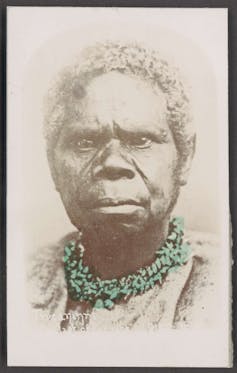
Palawa kani (“Tasmanian Aboriginal people speak”), is based on surviving spoken and written remnants of the island’s original languages.

Genome research suggests that enteric fever, a potentially lethal disease more commonly found in hot countries, was present in medieval Europe.

It’s one of three newly designated ages divvying up the Holocene Epoch, a geologic time period kicked off 11,700 years ago by the end of the Ice Age.

The ubiquitous plant alters its defense systems in a tougher environment, prompting researchers to call it a perfect test species for study as urban areas expand.
/https://public-media.smithsonianmag.com/filer/f0/08/f0080381-53e6-4e6b-84f9-d0e4fab0a485/deetz-lead.jpg)
Black cooks created the feasts that gave the South its reputation for hospitality.

"Apollo 11," from director Todd Douglas Miller, will feature never-before-seen large format film footage of the 1969 mission that landed astronauts Neil Armstrong and Buzz Aldrin on the surface of the moon.

Tiny specks of bread have been found in fireplaces used by hunter-gatherers 14,000 years ago, predating agriculture by thousands of years.

This complex new view emerged from a sophisticated approach by scientists with different specialties from institutions around the world.

Indigenous elders in central Australia are leading efforts to save a critically endangered language. Of the estimated 300 Indigenous languages that once existed in Australia, only 90 are still spoken.

Deep below the sands of the Saqqara necropolis, archaeologists have uncovered a unique discovery they say reveals the secrets of the ancient Egyptian mummies.

Legends and archaeological finds suggest ancient Egyptians once visited Ireland. Could DNA findings answer long-held questions regarding a possible link between ancient Egyptians and the Emerald Isle?

Countries can acknowledge their histories without being captive to them, says Hawk Newsome, who is visiting Sydney.

An asteroid first discovered last year has now been confirmed to be one of only four equal mass binary systems ever detected near Earth.

A new archaeological find suggests that humans inhabited America, specifically parts of what is known today as Texas, as far back as 21,700 years ago.

New analysis challenges traditional view of humanity's origins and suggests many populations of primitive people developed across Africa.

Three protesters accept plea deals to avoid likely unfair trials in North Dakota.

Genetically speaking, we get what we get. But someday we might be able to program our genetic futures, and then it's a whole new ballgame.

The sarcophagus has become a source of excitement because a layer of mortar between the body and the lid indicates its contents have lain undisturbed since it was buried.
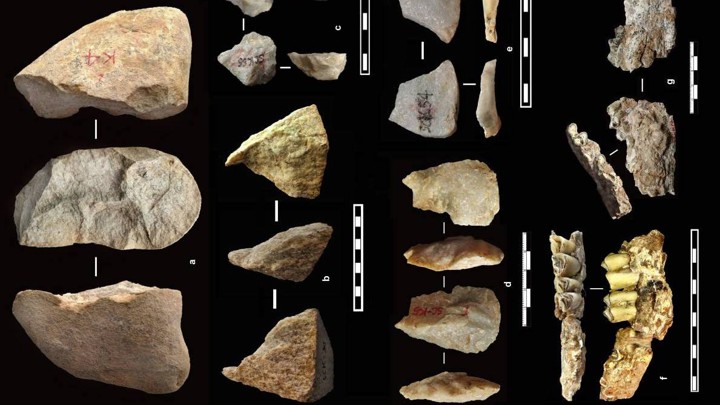
The discovery of stone tools—the oldest ever found outside of Africa—dramatically shifts the story of hominin migration, researchers say.

Researchers say it is time to drop the idea that modern humans originated from a single population in a single location.
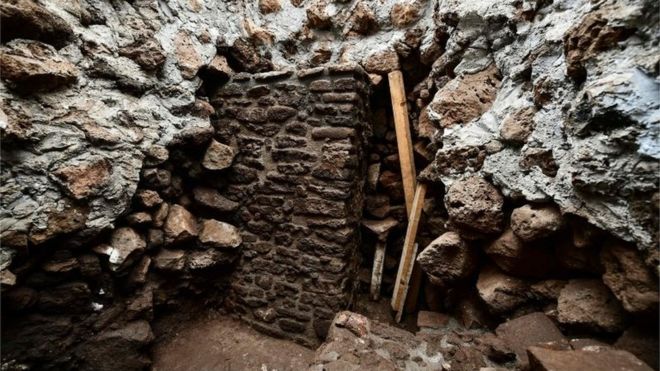
The temple is nestled inside the Teopanzolco pyramid in Morelos state, 70km south of Mexico City. It is thought to date back to 1150 and to belong to the Tlahuica culture, one of the Aztec peoples living in central Mexico.

Romans hunted gray and right whales to extinction in local waters, archaeologists postulate after studying mysterious bones in ancient Roman fish-salting factories in Gibraltar.

Astronomers have traced a high-energy neutrino to its cosmic source for the first time ever, solving a century-old mystery in the process.

As ill California man’s landmark case begins, attorney attacks Roundup maker’s response to researchers’ findings.

Like with fingerprints, no two people have the same brain anatomy, a study has shown. This uniqueness is the result of a combination of genetic factors and individual life experiences.
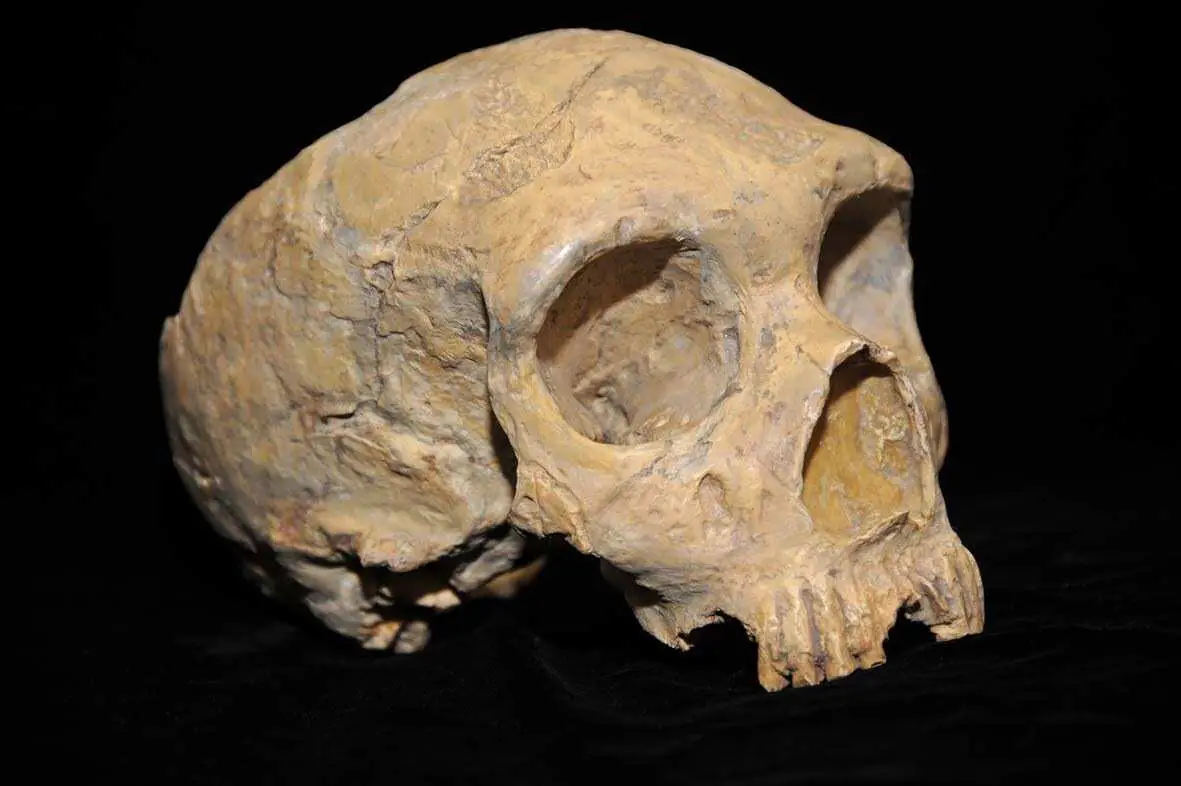
This research shows that the use of plants was a widespread, deeply-rooted subsistence strategy of the Neanderthals.
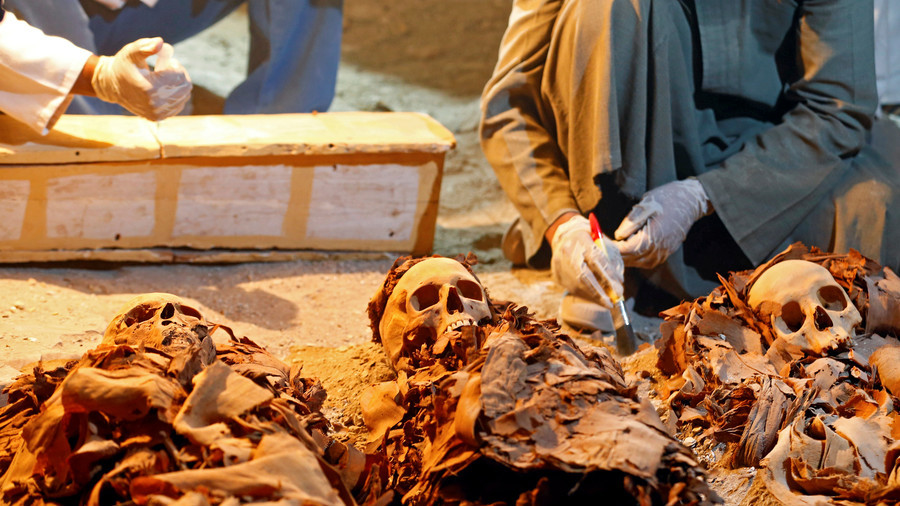
A mummy from ancient Egypt combining the heads of a girl and a crocodile was photographed for the first time. The mummy has been hidden from the public eye for more than a century.

The Great Plains Tribal Chairman’s Association has put in an application to change Hayden Valley to Buffalo Nations Valley — and to change Mount Doane to First Peoples Mountain.

Is bright pink the new black? Well, not exactly, but it is the world's oldest-known color, according to new research.
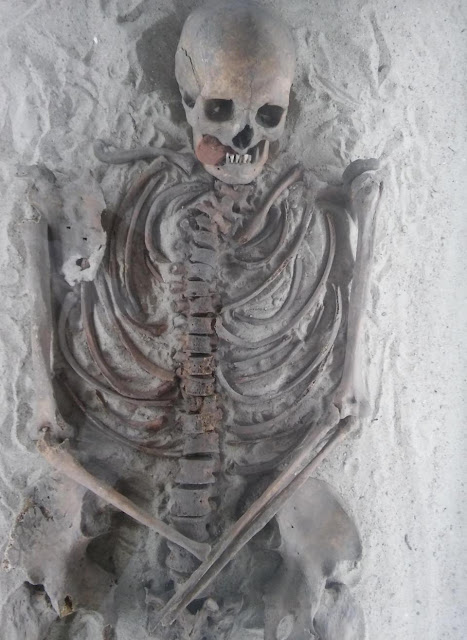
The skeleton had holes drilled in her bones so she couldn't rise from the dead. In Poland, women accused of witchcraft were reportedly typically the lovers or wives of wealthy members of society.

Scientists might be able to draw from new sources of cannabis compounds for research.

Once a rock star has already conquered Earth, what's left but to bring his artistic interests to space?

Archaeologists have unearthed an ancient tablet engraved with 13 verses of the Odyssey in the ancient city of Olympia, southern Greece, in what could be the earliest record of the epic poem.

The find, published in the journal Nature Ecology & Evolution, has prompted paleontologists to rethink the evolution of dinosaurs.

The skeletons were all excavated in in 2015, but the long, slow process of investigating them has only now been completed.

Anonymous survey of young scientists reveals fresh accusations of bullying and harassment at astrophysics institute.
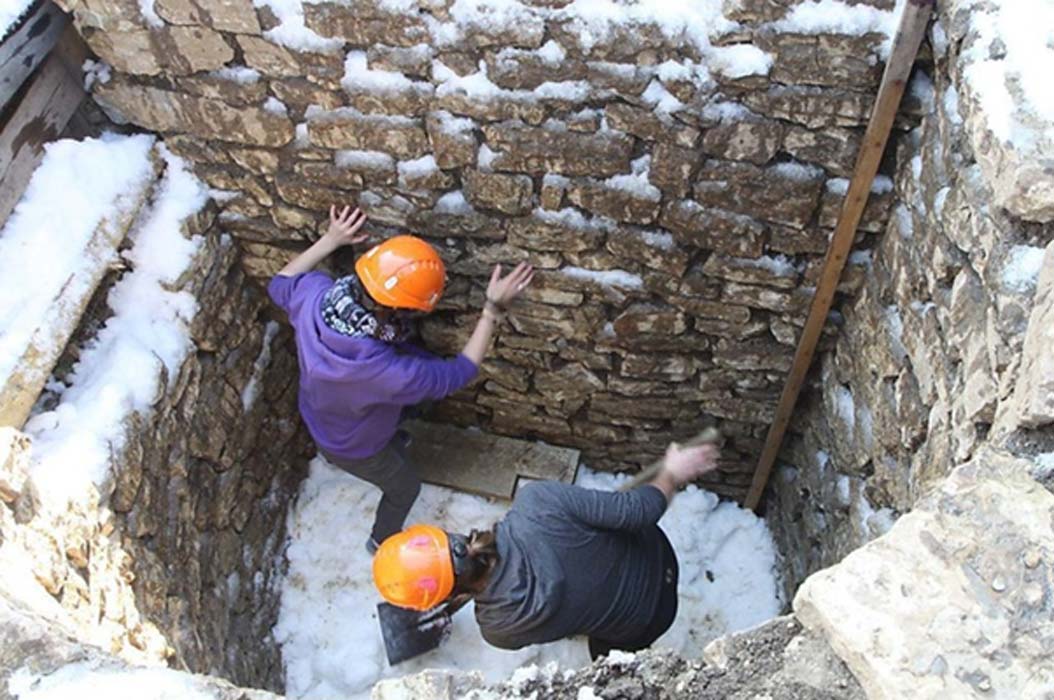
The theory could help experts understand the enigmatic pits that have long baffled investigators.
The discoveries indicate villagers flourished under early fifth century Christian rule, contradicting a widespread view that Jewish settlement in the region declined during that period.

Far from just being the product of our parents, widespread transfer of genes between species has radically changed the genomes of today's mammals, and been an important driver of evolution.
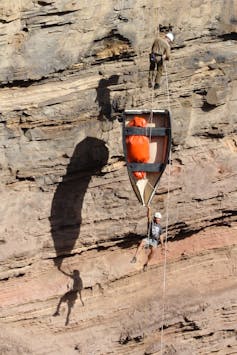
The 40,000-year-old “Mungo Lady” and the equally ancient remains of Mungo Man, found nearby in 1974, doubled scientific estimates of how long Aboriginal people had called Australia home.

Its one of the fragments of asteroid 2018 LA which collided with Earth on June 2, 2018 and turned into a meteor fireball that detonated over Botswana a few seconds after entering the atmosphere.
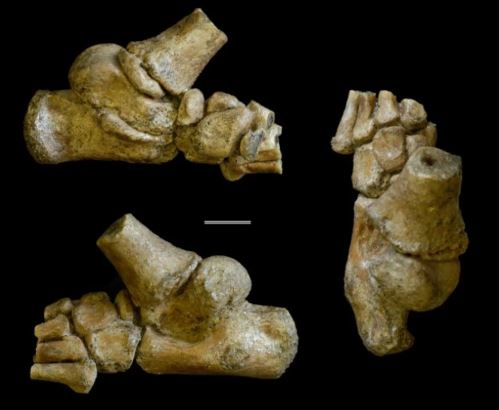
Over 3 million years ago, our ancient ancestors and their toddlers were standing on two feet and walking upright, it has been revealed.

The new insect, which is found in the extremely diverse transitional zone between the Andes and the Amazonian lowland rainforest, uses its stinger both for laying eggs and injecting venom.

The discovery of a new species of mammal in Alberta's fossil record has shaken up some long-held beliefs about other species in its lineage.

Researchers have found stoneware that was made in the late period of the Old Stone Age dating back 10,000 to 20,000 years, meaning the area was long inhabited by people in ancient times.

Ancient-genome study finds that indigenous dogs in North and South America split from other domestic canines around 15,000 years ago.

The structures may have housed officials responsible for overseeing the production of food for a paramilitary force more than 4,500 years ago.
/https://public-media.smithsonianmag.com/filer/29/73/297378d3-8c01-4358-81b8-1054f70462c2/hw0t94.jpg)
From diet to evolution, prehistoric chompers tell archaeologists a surprising amount about our ancestors.

The discovery has the potential to address a range of technological challenges, including cooling electronic devices and nanodevices.

New research shows the closest-ever view of Jupiter's swirling auroras, revealing the complicated footprints left by its moons Io and Ganymede.

A new study confirms that this collision with a huge object — which was approximately twice the size of Earth — could have led to the planet's extreme tilt and other odd attributes.

Bolivia is to build an underwater museum in its sacred Lake Titicaca, the culture minister said.The move comes after thousands of priceless artifacts were discovered at the bottom of the abyss.

In a landmark ruling, the Uttarakhand High Court on Wednesday accorded the status of “legal person or entity” to animals in the northern state.

Nicola Davis explores Proto-Indo-European, the hypothetical common ancestor of modern Indo-European languages and asks, where did it come from? How and why did it spread? And do languages evolve like genes?

A vast majority of the half-million bodies in the inner asteroid belt may in fact be shrapnel from as few as five parent bodies called "planetesimals," scientists say.

Scientists are growing Neanderthal brains in Petri dishes, which they plan to put inside robots.

The Hera spacecraft mission, proposed by the European Space Agency, is heading to a binary asteroid to support NASA's planetary defense plan against potential asteroid collision.
/https://public-media.smithsonianmag.com/filer/64/5e/645e2dd9-82be-4018-be85-f196b8800513/mammoth-2.jpg)
The skeletons of deer killed 120,000 years ago offer more evidence of cooperative behavior and risk-taking among our hominin relatives.

A team examining burial practices at Ba?ur Höyük, a Bronze Age cemetery in Turkey, has found a series of individuals who were buried between 3100 and 2800 BCE.

Free-ranging village dogs serve as rich genetic resources, giving scientists a glimpse at the full range of genetic diversity and what it really means to be a dog.

The animals, which look similar to small moose or deer in a paleoartist's rendering, are being dubbed Theosodon arozquetai and Llullataruca shockeyi, ungulates native only to Bolivia.
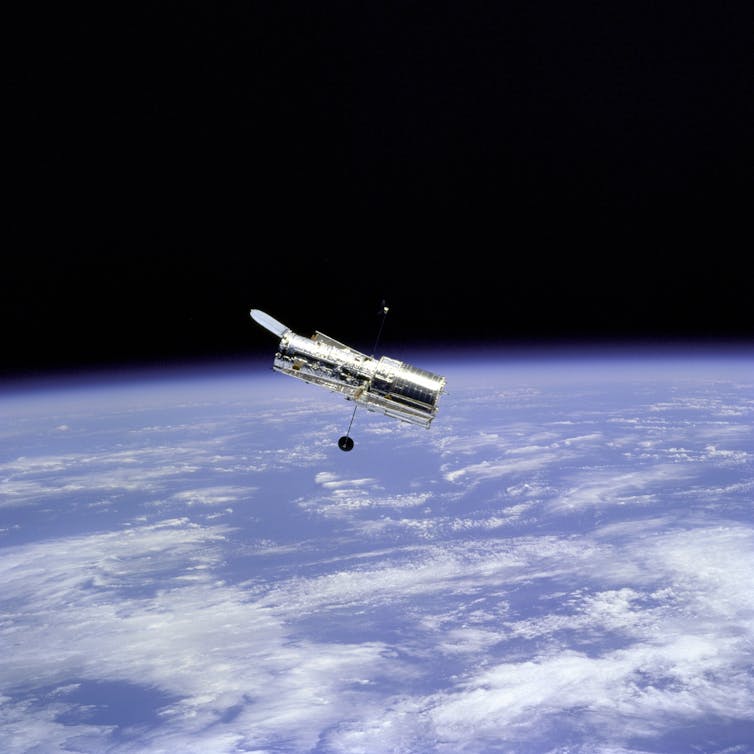
Fascinating recent findings add to recent discoveries which suggest it may be time to think beyond the division of asteroid versus comet.

Japan’s Hayabusa2 spacecraft plans to strike the asteroid creating a crater and dislodging rocks for analysis.

A new study demonstrates that specialized buildings regularly featured in the world's earliest agricultural villages and were key to maintaining and enhancing community cohesion.

This storm may not be good news for the NASA solar-powered Opportunity rover, but one professor sees this as a chance to learn more about Martian weather.

The Fermi Paradox has been reevaluated in such a way that it makes it seem likely that humanity is alone in the observable universe.
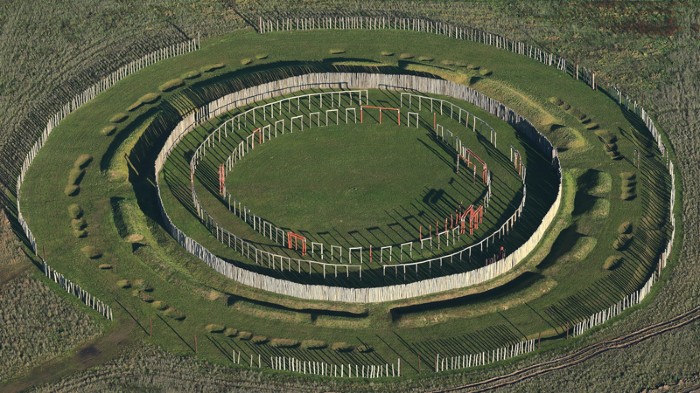
Scientists scrutinize monumental complex of ditches and posts built more than 4,000 years ago.

The finds include a toddler with leukemia, a mummified man in his 50s with rectal cancer and individuals with cancer possibly caused by human papillomavirus (HPV).
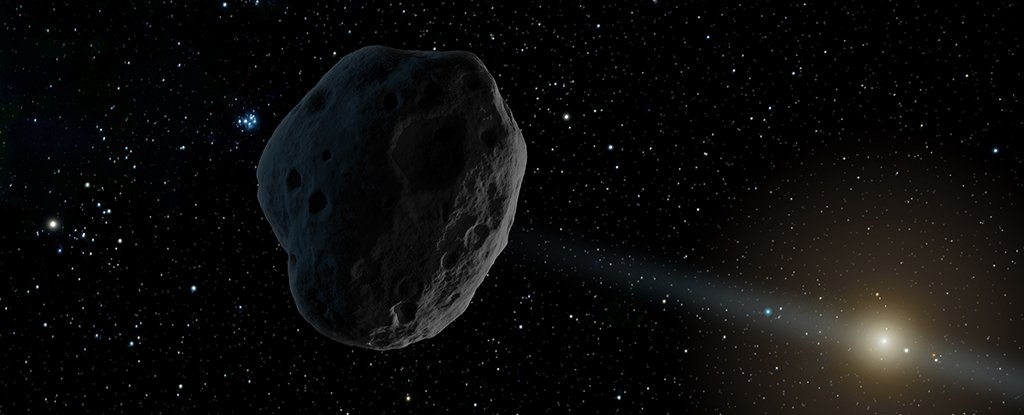
The NEOWISE data a lot of researchers rely on allegedly has a much bigger margin of error than previously thought.
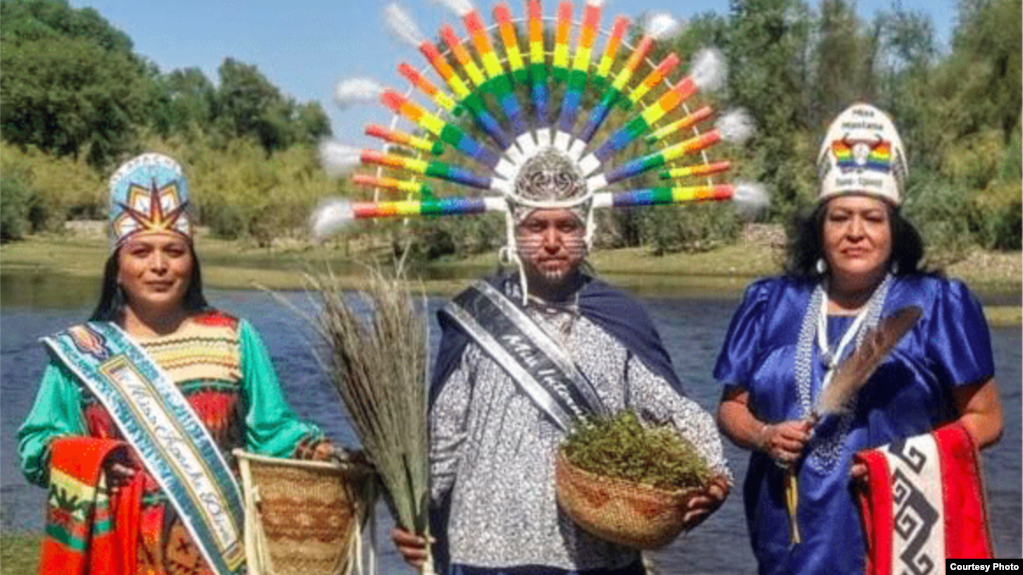
“Two-spirited people are not LGBTQ, although some two-spirited people are LGBTQ,” said Ward. Ward added that a real two-spirit is someone who understands Native American culture and traditions.
The fact the remains were unearthed in North America shows the distribution of different birds around the globe would have been very different in the past.
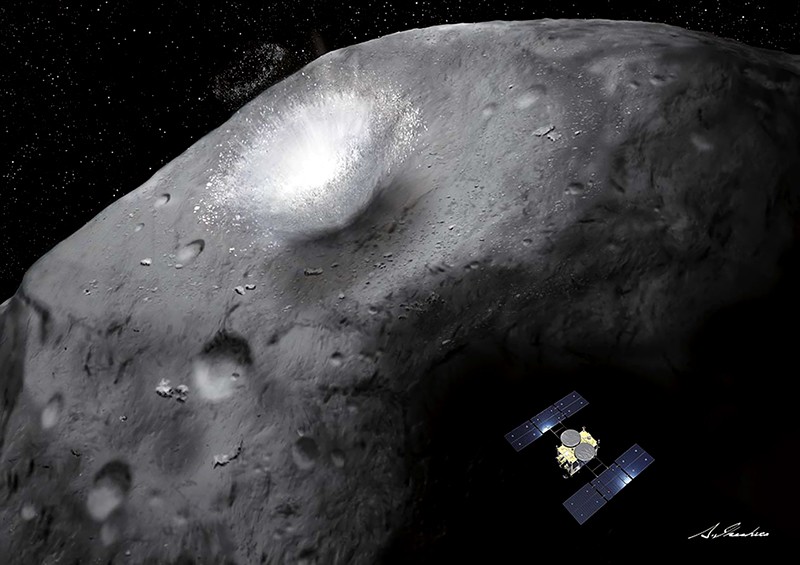
Hayabusa-2 will hover above its target and release four landing probes before touching down to collect samples to return to Earth.
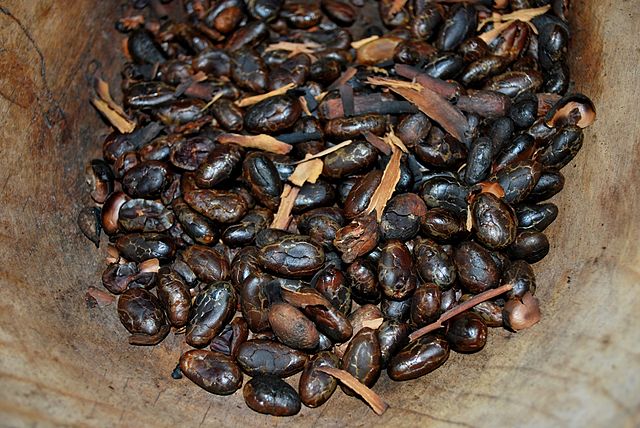
an analysis of Classic Maya artwork from the southern lowlands suggests chocolate, in the form of fermented and dried cacao beans, may have been used as currency beginning around the eighth century A.D.
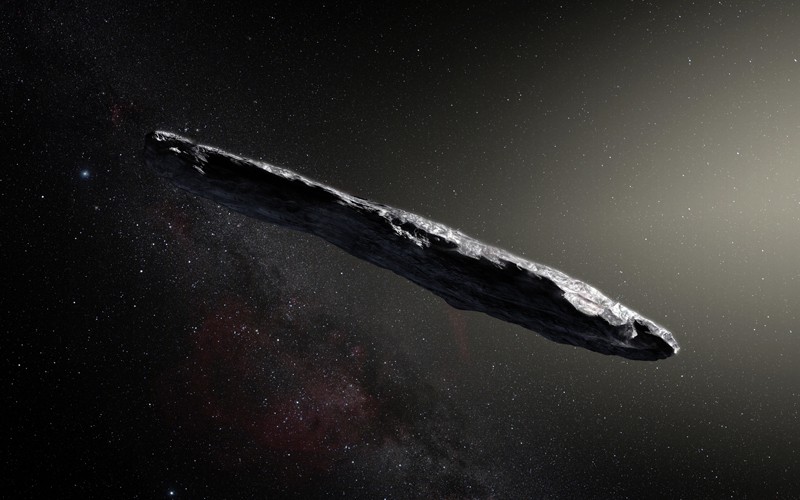
Quirks in ‘Oumuamua’s path through the Solar System helped researchers solve a case of mistaken identity.

Using mass spectrometry data from NASA's Cassini spacecraft, scientists found that large, carbon-rich organic molecules are ejected from cracks in the icy surface of Saturn's moon Enceladus.

Muotri has found that, unlike humans, Neanderthal mini-brains with the ancient DNA variant of NOVA1 are characterized by their cells migrating faster as their structures form.

The maverick inventor, ex-Microsoft executive and ‘patent troll’ is battling Nasa on its asteroid data and exploring pizza science.

The small asteroid exploded in the air; fragments may have reached Earth. Plus … why are so many large meteors seen over Russia?

A study led by researchers in Germany and the Netherlands reveals strong evidence for close-range spear hunting by Neanderthals some 120,000 years ago.
:format(webp)/cdn.vox-cdn.com/uploads/chorus_image/image/60175045/2928600995_24caa84411_o.0.0.jpg)
For the first time, the US Food and Drug Administration has approved a drug made from cannabis.

Researchers have identified over 1,016 specific genes associated with intelligence, the vast majority of which are unknown to science.

The researchers found these cancer cases while examining the remains of 1,087 ancient Egyptians buried between 3,000 and 1,500 years ago.

A cranium of a four-million-year-old fossil, that, in 1995 was described as the oldest evidence of human evolution in South Africa, has shown similarities to that of our own, when scanned through high resolution imaging systems.

“Beyond the Nile: Egypt and the Classical World,” at the Getty Center (through Sept. 9), is a deep dive into how encounters with ancient Egypt shaped the civilizations of Greece and Rome.

The findings – compared to the discovery of the first fossils – changes our understanding of the evolution of the disease and could help improve future vaccines.

In the thick of 1968’s seismic social upheavals, Native Americans also reached for their rights, and activists renewed their campaign for recognition and status as fully sovereign nations.
A team has achieved a breakthrough in laser optical trapping by harnessing 2,300-year-old water displacement technology to create a beam that can trap and move particles in specific directions.

The U.S. launches a new effort to better catalog Earth killers. But the big question is what to do if we find one headed our way.

“The dinosaurs would be aliens in our world.”
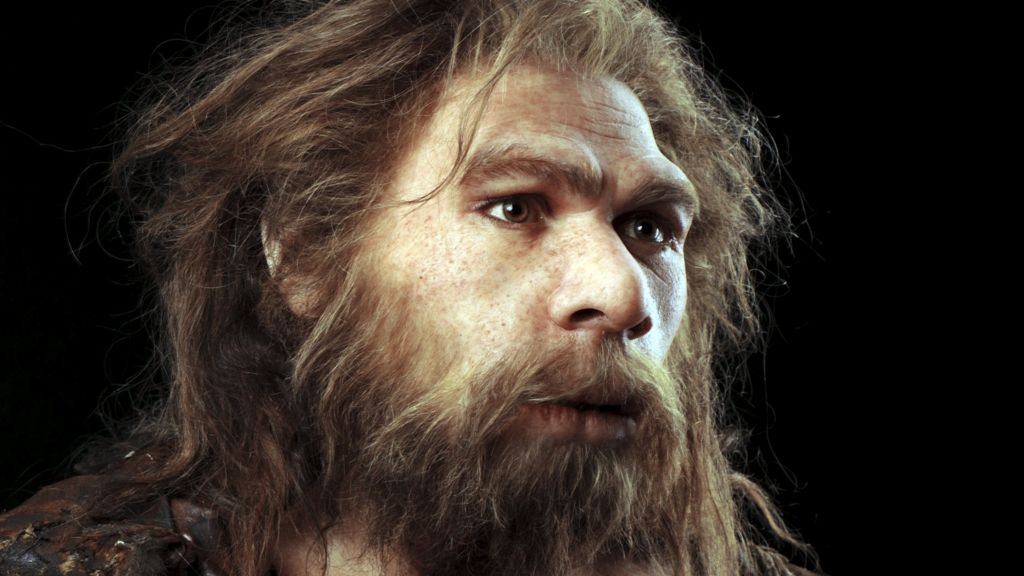
At least two research teams are engineering stem cells to include Neanderthal genes and growing them into "minibrains" that reflect the influence of that ancient DNA.




